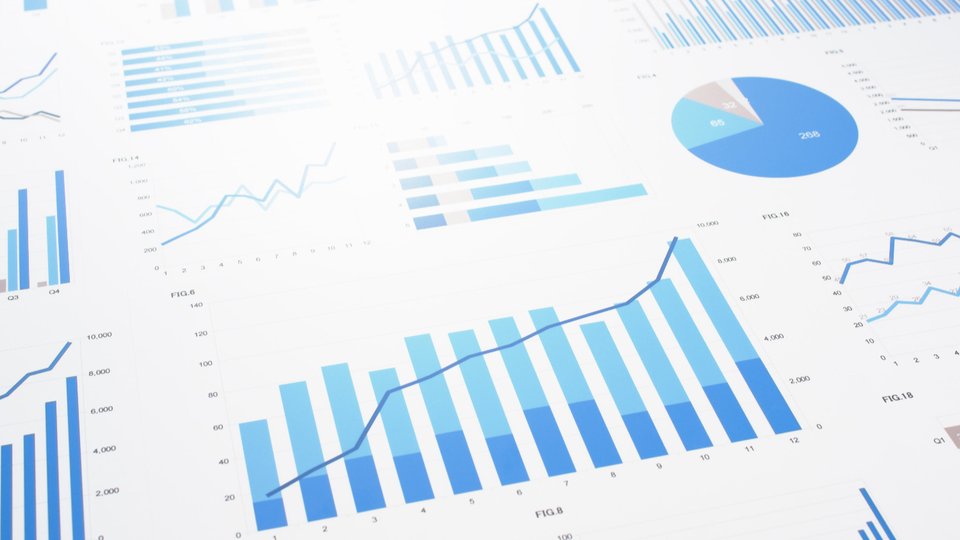Omnichannel
Beyond the cart: Using data to tailor the retail journey
Customers want purchase interactions to reflect their specific needs. For that level of personalization, retailers need to call on the power of data analytics.

November 7, 2025 by Sandro Shubladze — CEO, Datamam
There's a new playbook for retail and e-commerce businesses. If you've been in the game for a while, you know that product quality and pricing once won the game. Now, points go to the brands offering the best experience.
Your customers want purchase interactions to reflect their specific needs. For that level of personalization, you need to call on the power of data analytics.
Data analytics drives personalized retail experiences
Your customers give you a wealth of data. Every click, search query, abandoned cart, or completed transaction tells a story, showing you which products your customers are most likely to purchase. They also reveal where your customers hit snags in the buying process and what will prompt them to take action.
If you have the right data and know how to use it, you can meet your customers where they are. Just think about the targeted emails that find their way to your inbox each week. Somehow, they tempt you with new items you'll "love."
How are these emails so accurate? These personalized product recommendations aren't random. Sophisticated algorithms analyze your most recent browsing history and purchasing habits. They also take trends among similar user demographics into account.
The good news? You don't have to be a mega business to offer your customers a personalized retail experience like that. You simply need data that gives you insight into what each customer wants and needs.
And here's something new. Personalized marketing is not just for online sales. Even in a physical store, data can help you create loyalty programs that make your customers feel special. Combining that data with geolocation technology lets you ensure each customer has a personalized connection while shopping in your store.
What if your staff received alerts about the exact products your customers wanted? What if customers got personal discounts for the exact items they needed? Personalization makes every customer feel valued. By tapping into data, you can make this happen.
Optimize your retail campaigns with customer data
The best marketing connects with customers, and data means the days of guessing what resonates with your consumers are over. Behavioral data enables you to make more informed decisions about each marketing campaign.
Optimizing your marketing is all about patterns. You can find data to reveal where your customers go online and when they will be there. Thanks to behavioral data, you can know the right platform to advertise on, the content that will resonate, and the timing that will maximize the impact of your offers.
You can also use consumer data to bring value to your customers. Do you enjoy Spotify's playlists based on your specific listening habits? Do you take advantage of Netflix suggestions for binge-worthy shows based on your viewing history?
Targeted marketing like this can make your customers feel that you understand them. It can help you build trust and loyalty over time. When you establish that kind of relationship, your customers return time and time again. They trust that you will continually offer experiences that align with what they want and need.
Using data analytics for inventory forecasting
Accessing your customer data has another vital benefit. You want your customers to find the products they want when they want them, right? Data analytics allows you to accurately forecast your inventory needs. With the right data, you can reduce your waste and increase your sales.
Here again, it's all about data that reveals current and historical patterns in shopper behavior. When you combine your inventory data with this information, you reduce the likelihood of overstocking unpopular products or understocking the products your customers want most. It's a win-win for everyone. For example, if sales data reveals that snow boots spike in demand every December, a footwear company can adjust manufacturing and stock orders accordingly.
Mega retailers rely on accurate data to optimize inventory distribution across their stores. Their AI systems flag and discount slow-moving items to minimize losses. They also alert managers to redistribute fast-moving goods to areas with higher demand. Data-driven inventory management can also make a huge difference in the profit margins of small retailers.
Combining offline and online customer data to create one retail journey
There used to be a clear divide between e-commerce and in-store retail. But that line is fading. Your customers no longer view shopping as two separate worlds, so neither should you. Combining digital insights from web traffic and social media engagement with offline data from loyalty programs or foot traffic creates a holistic view of the customer's journey.
Every day, customers browse items online. Many times, they want to have an in-person experience before they purchase. Today, machine learning-enabled CRM systems can link a customer's online behavior to their in-store visit, allowing your staff or store's self-service kiosks to recommend the items they browsed earlier and offer an exclusive discount.
This new approach to retail is all about using the right data to listen to your customers. Trust me! Their actions speak far louder than their words. Every click, swipe, purchase, or in-store interaction tells a story, and those stories can take your retail game to the next level.
About Sandro Shubladze
Sandro Shubladze is the Founder and CEO of Datamam, where he’s spent the last decade helping enterprises turn chaotic data into clarity and competitive advantage. With a background spanning software engineering and financial auditing, Sandro brings a rare blend of technical depth and business insight to solving some of the world’s toughest data challenges. Under his leadership, Datamam has scaled to support global leaders like NASA, Oracle, and DHL, processing billions of data points into AI-ready intelligence. Sandro’s mission is simple: empower decision-makers.





